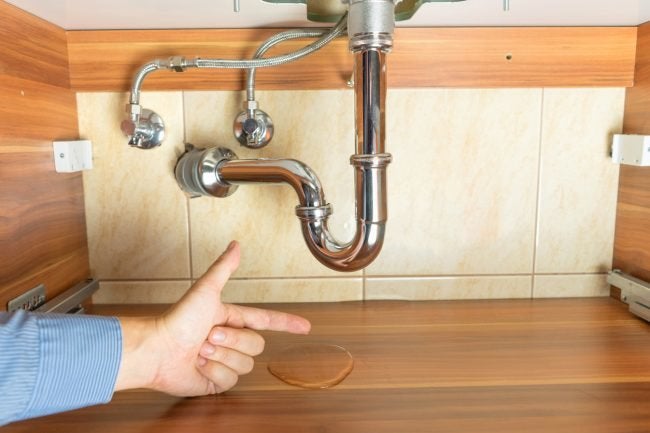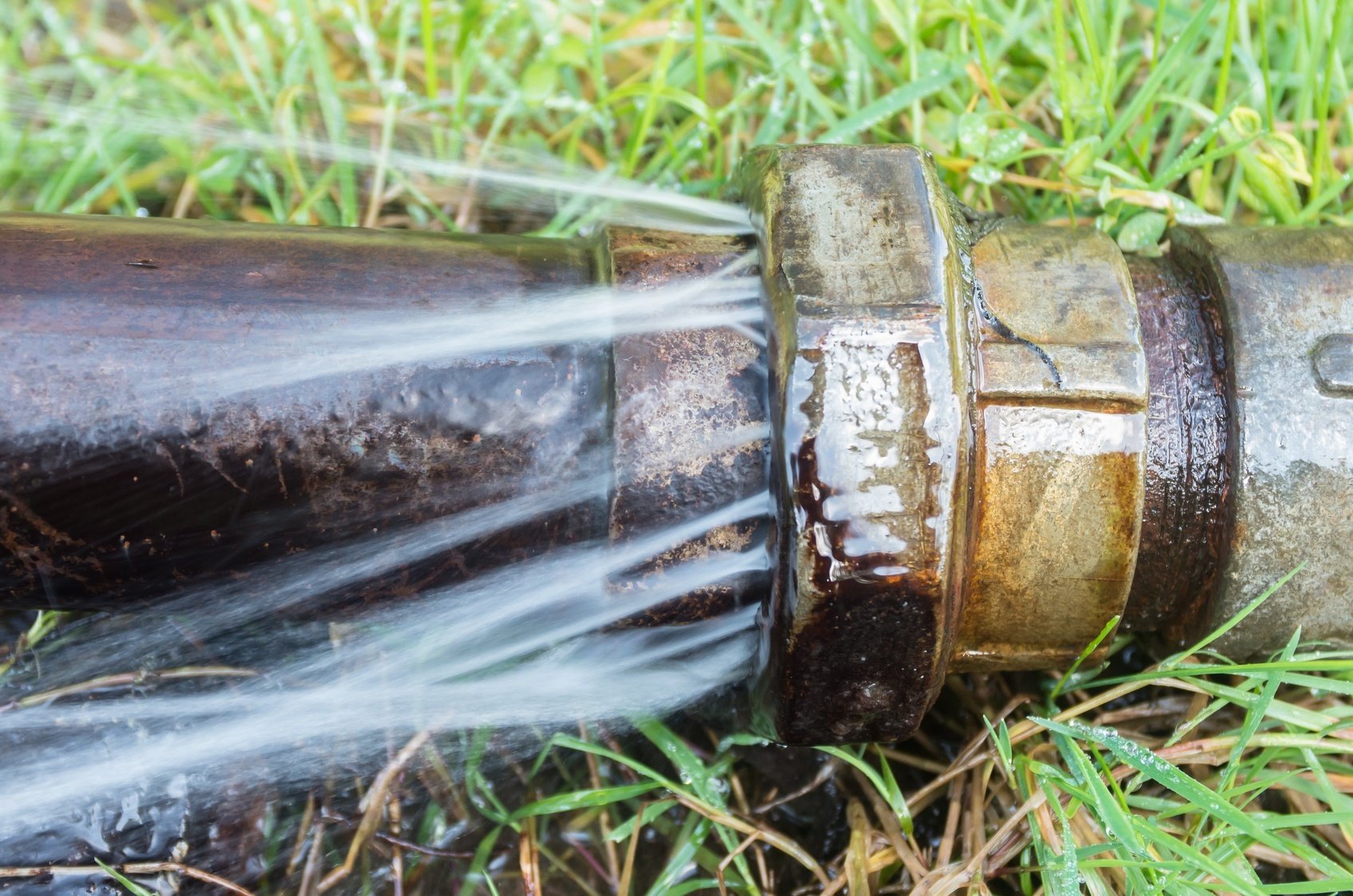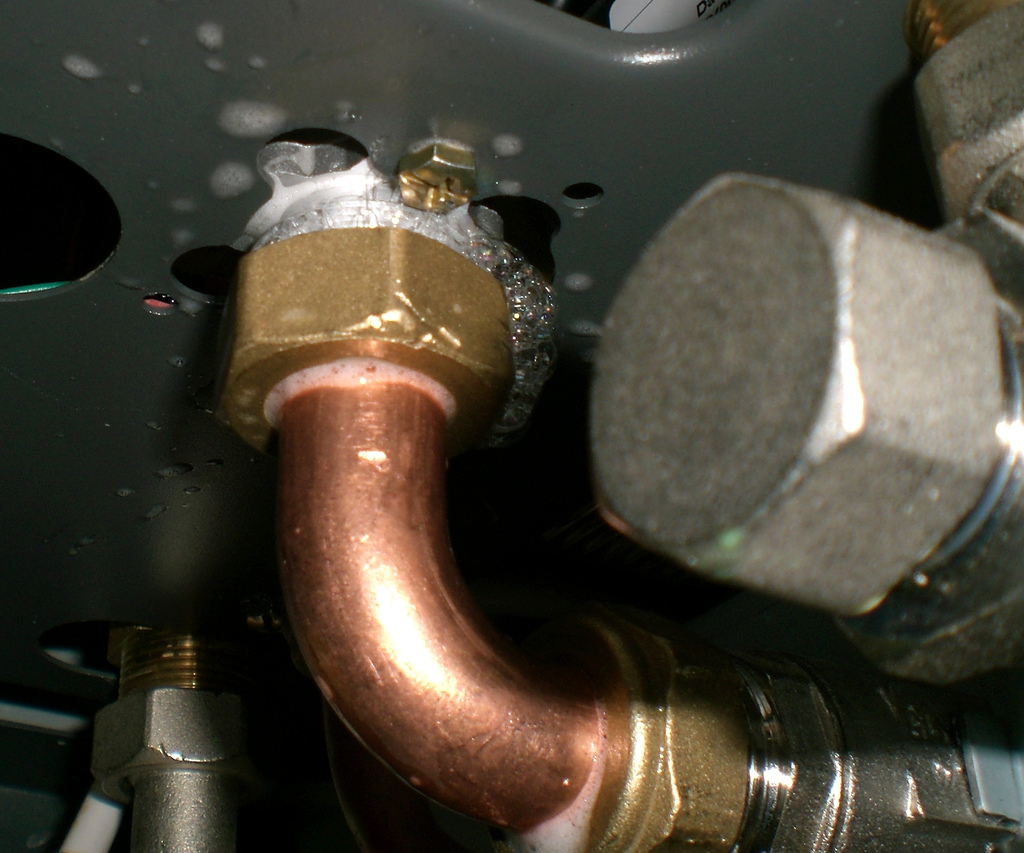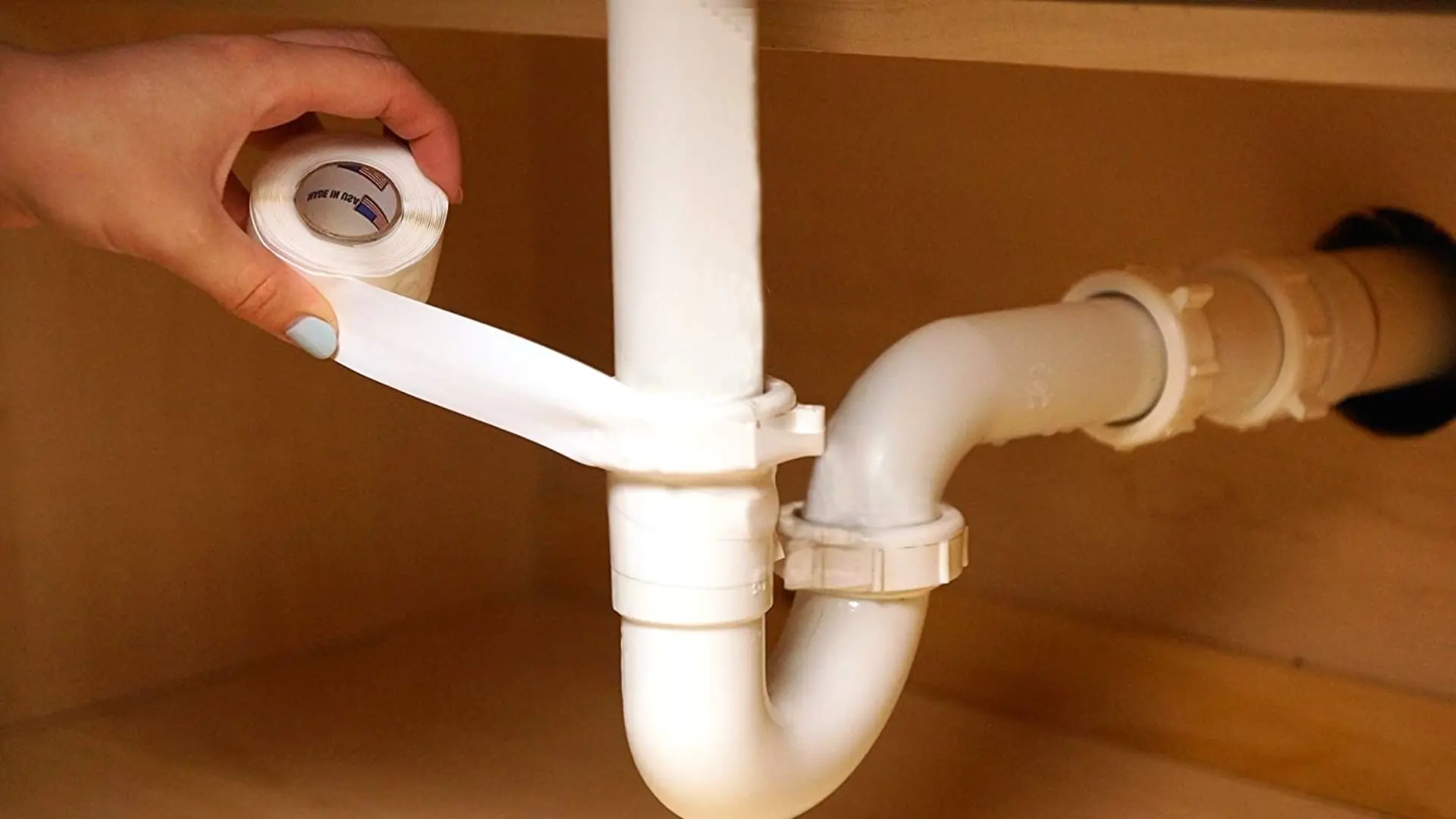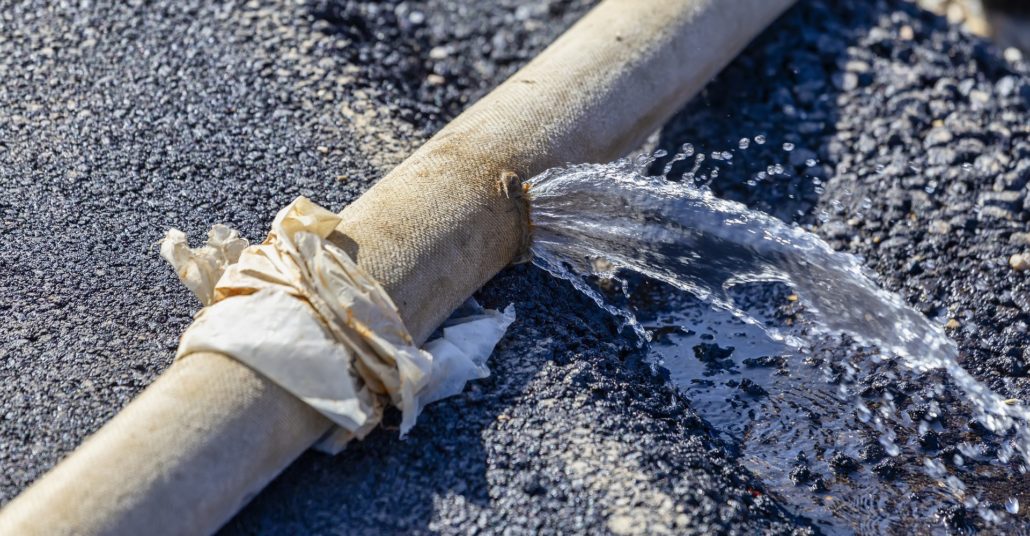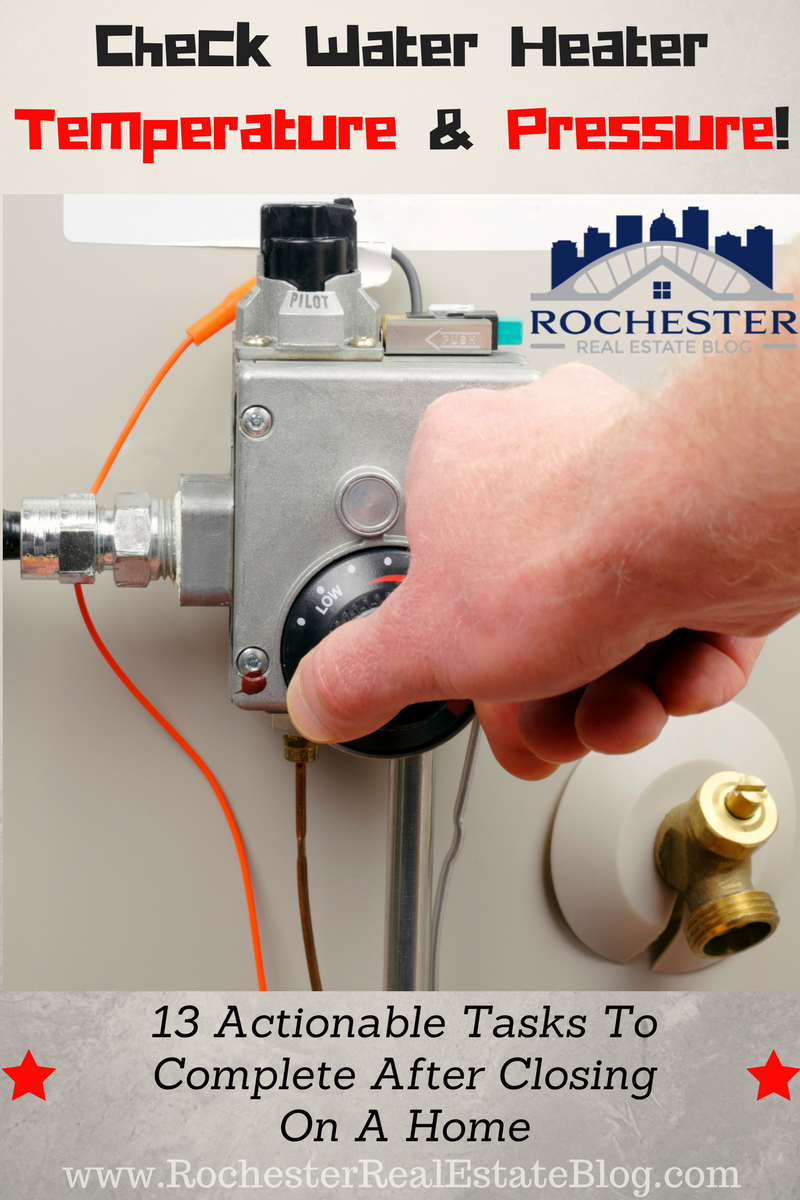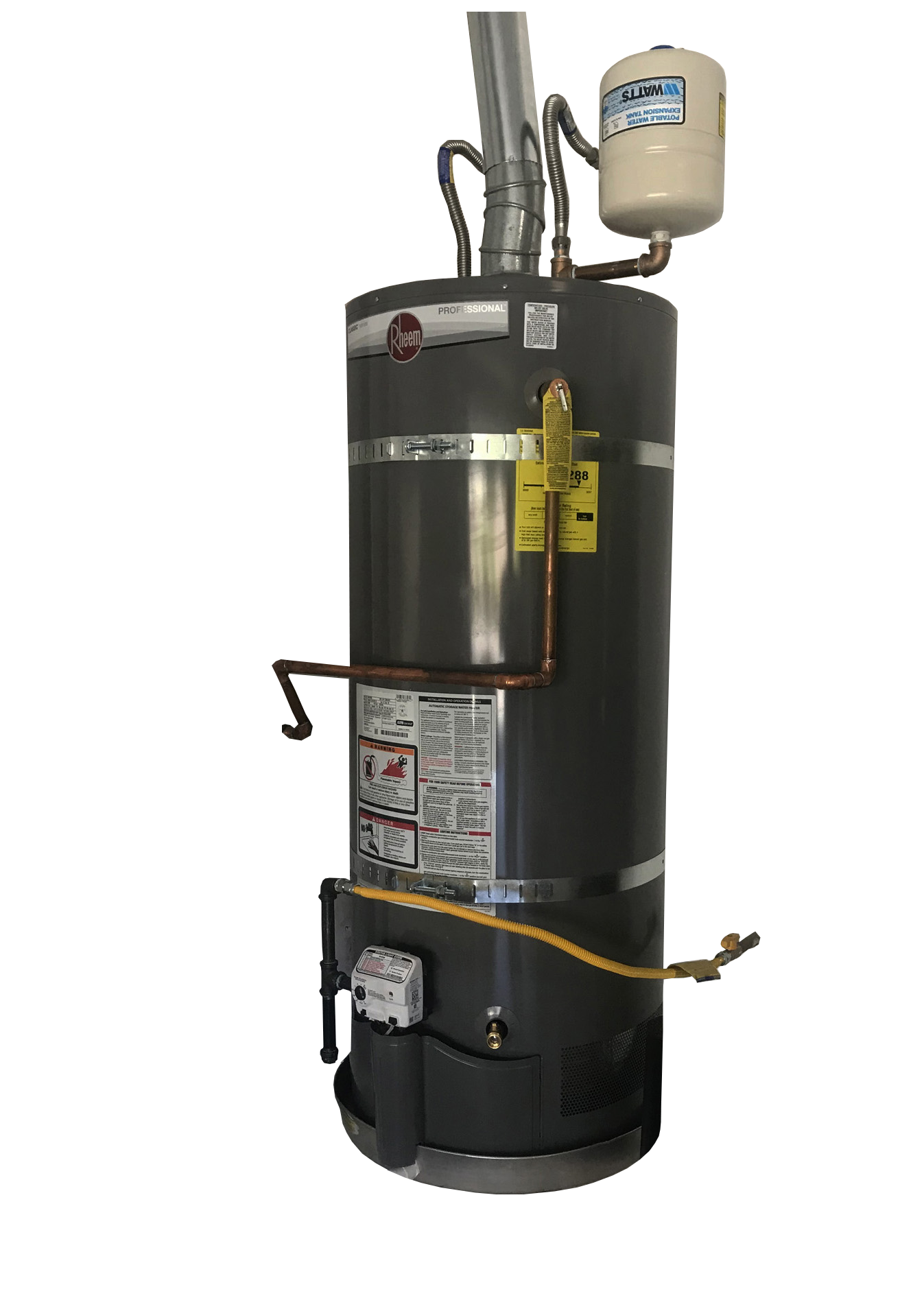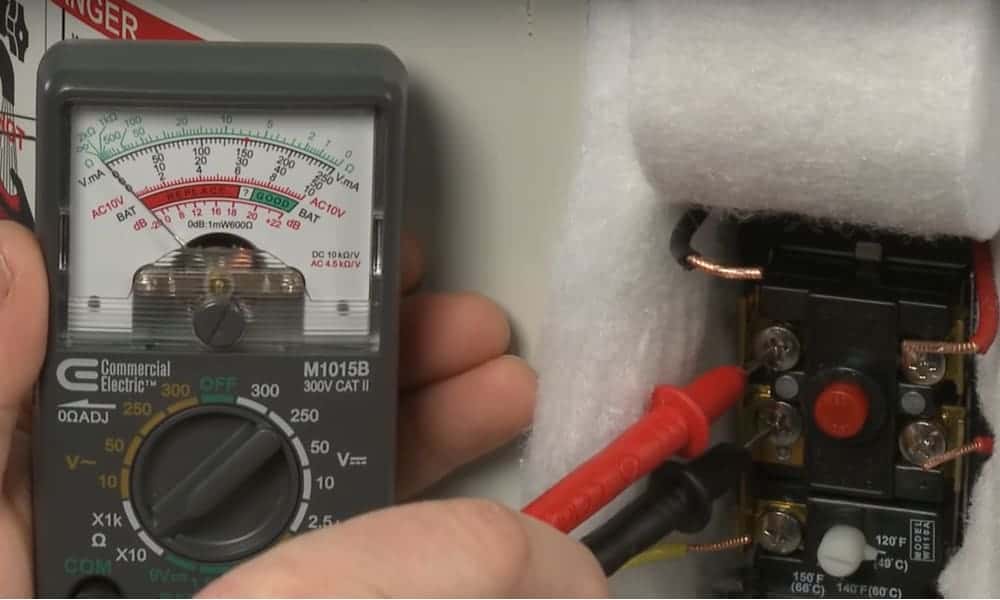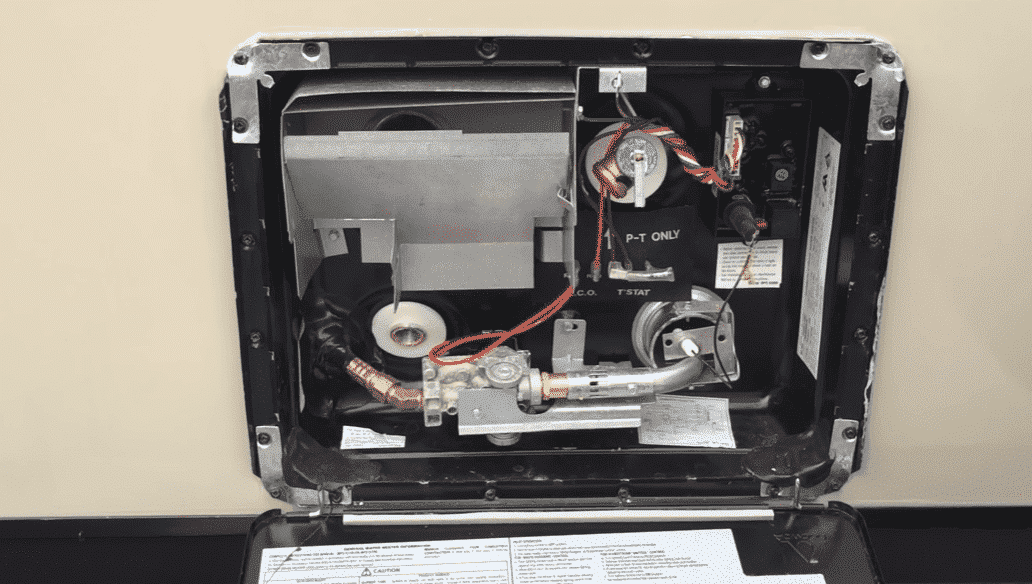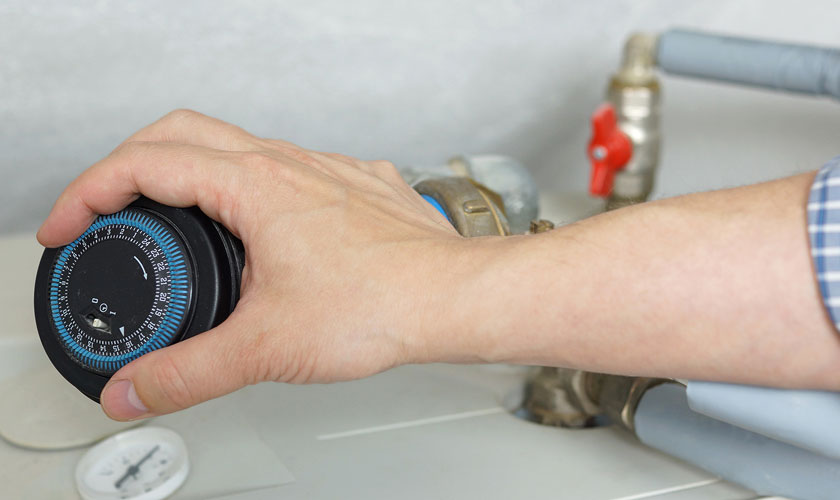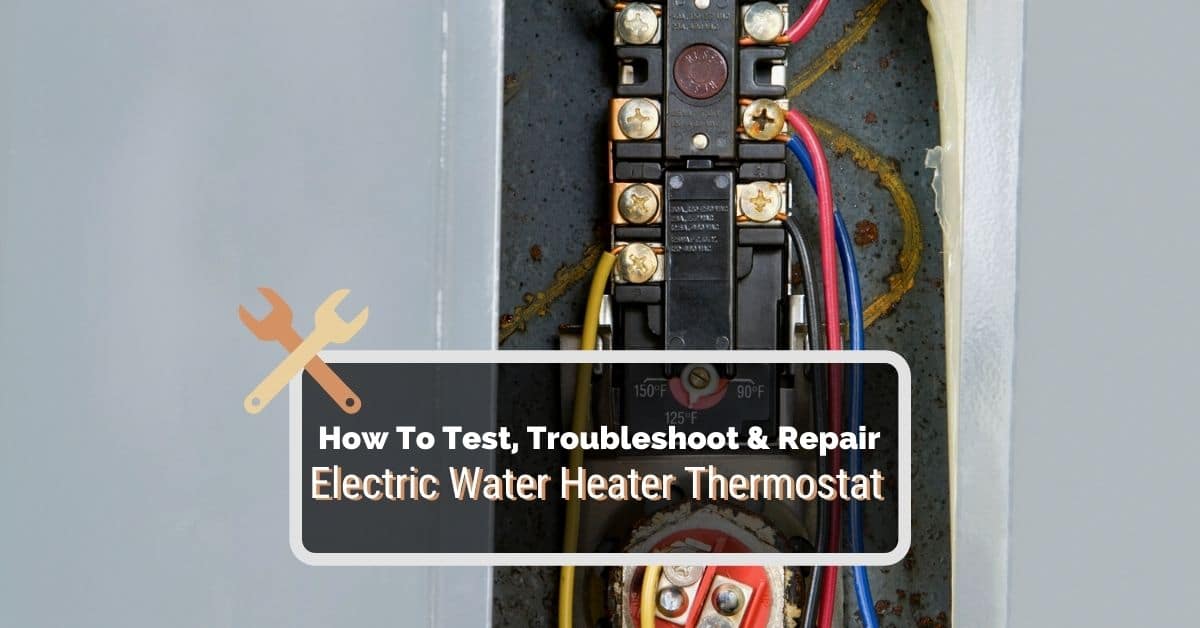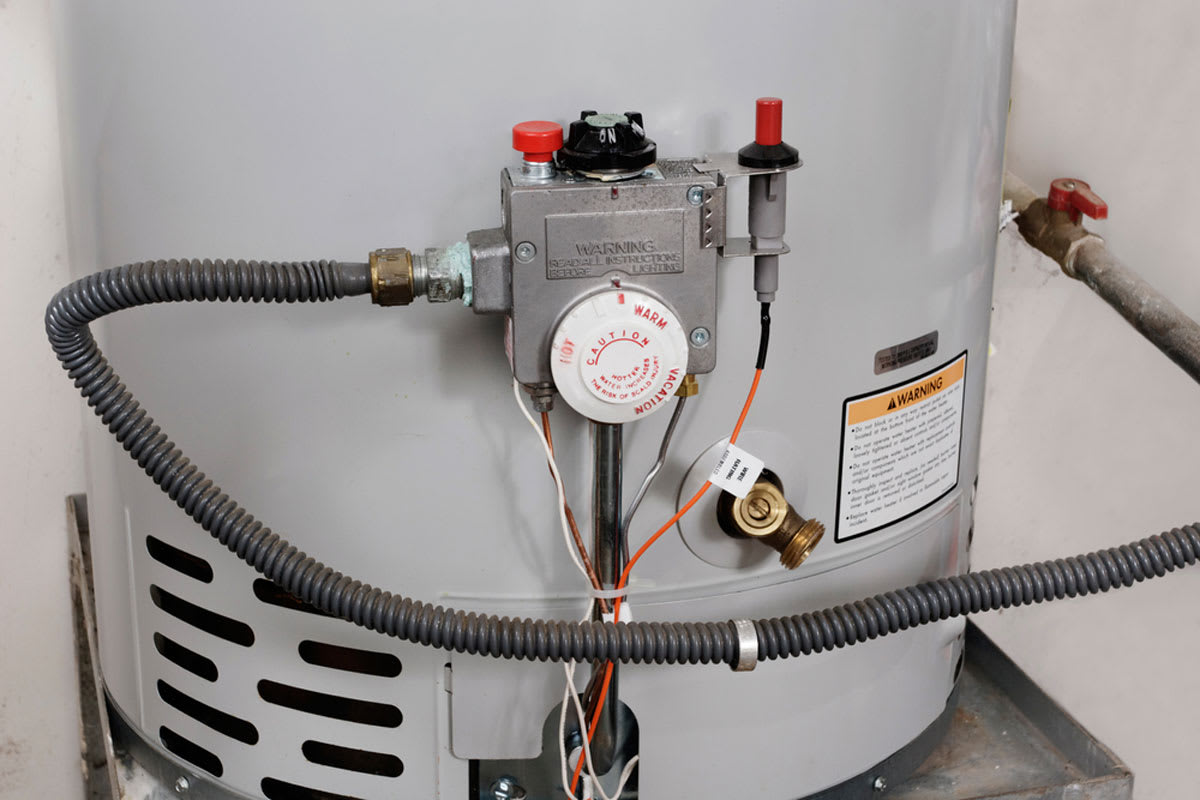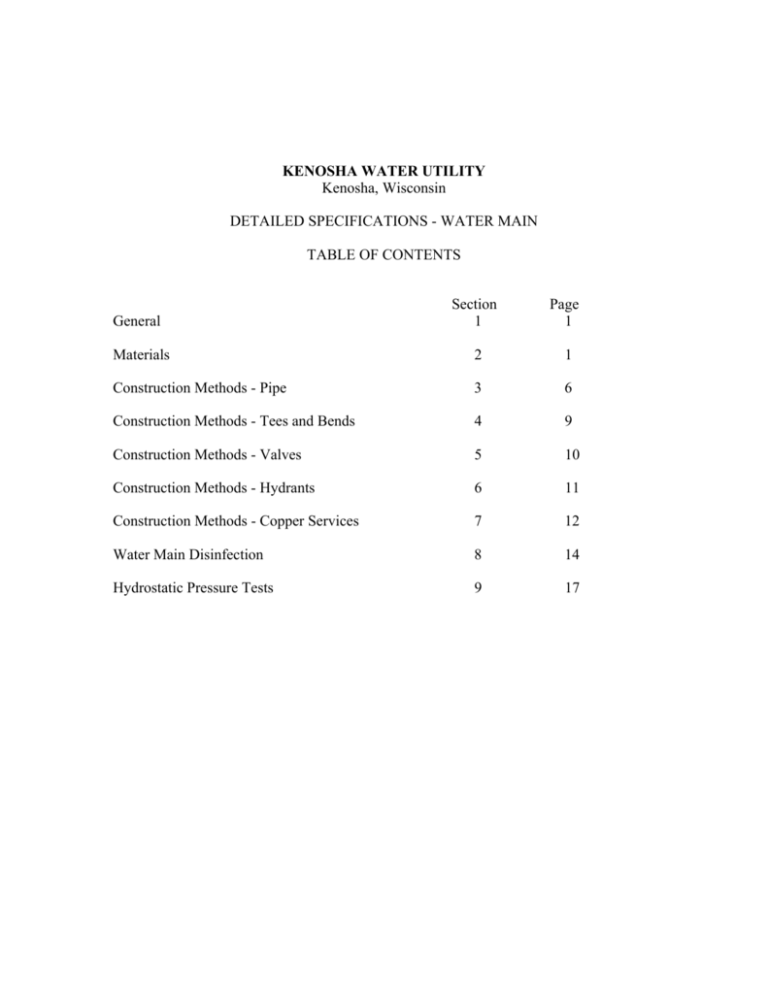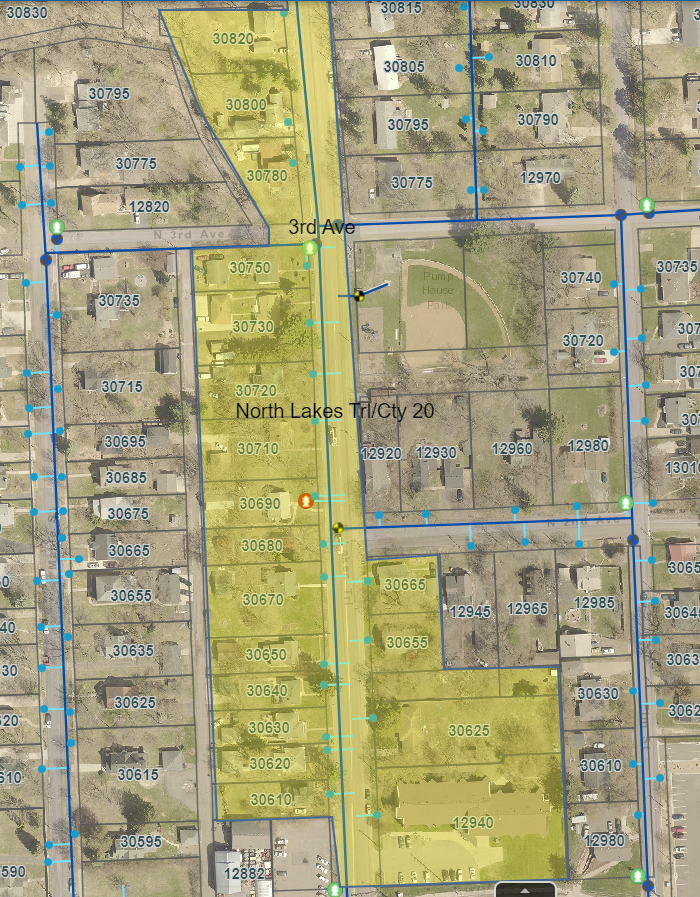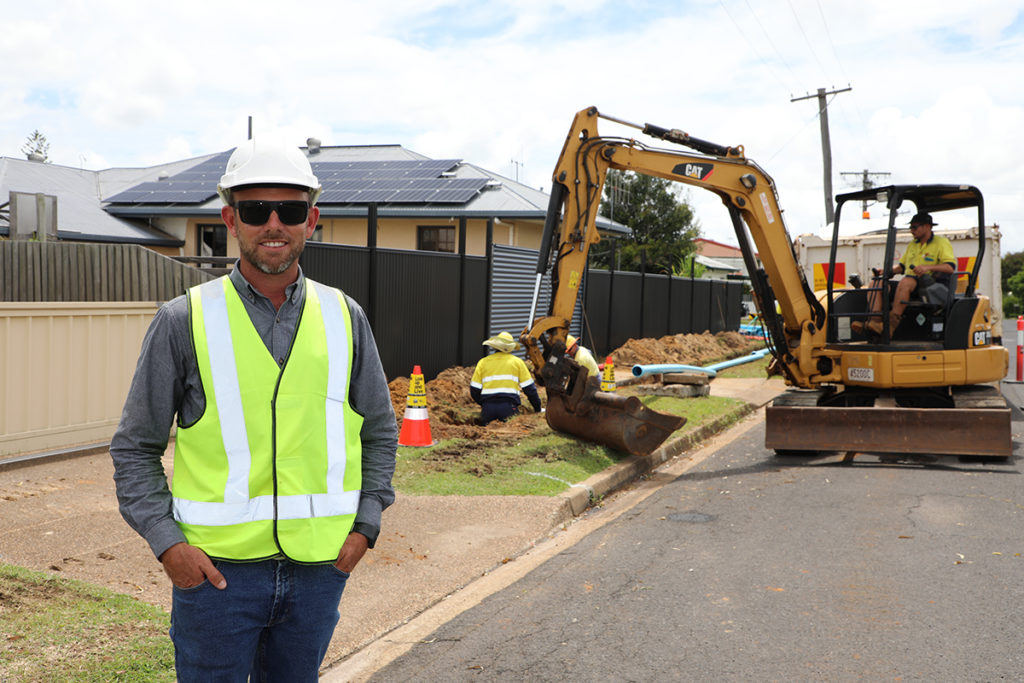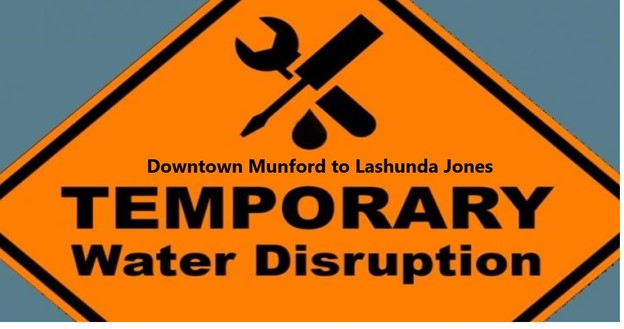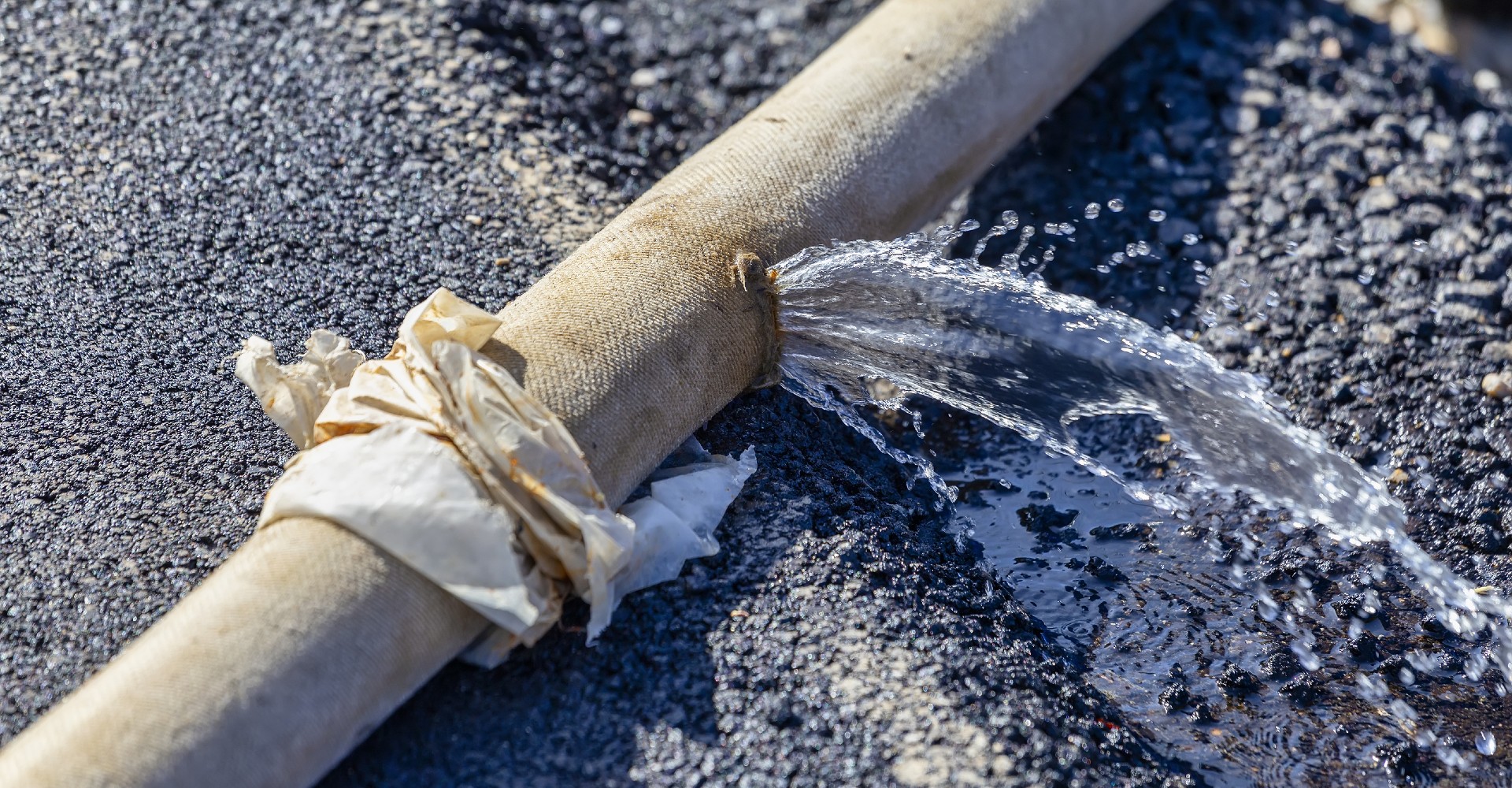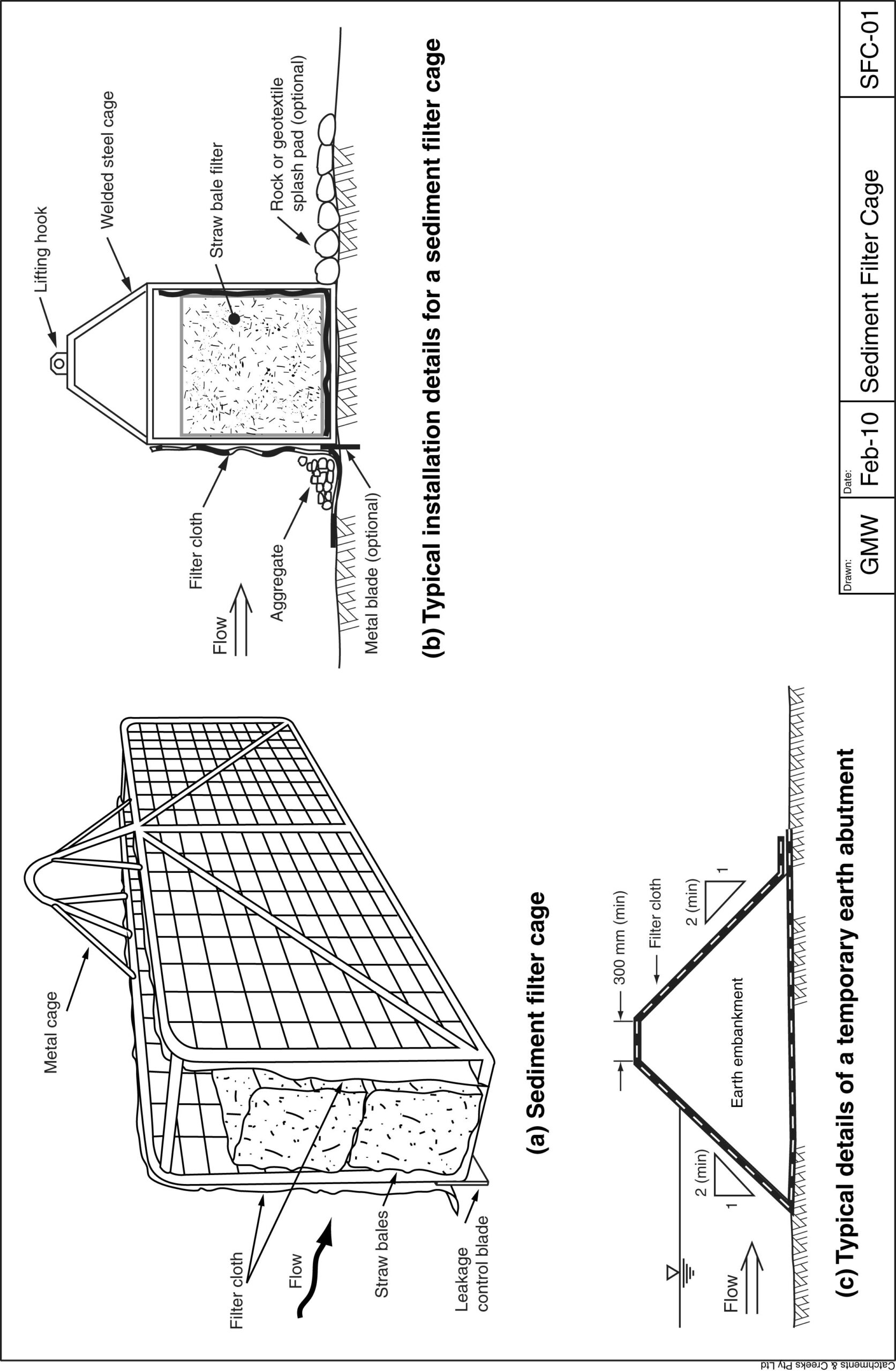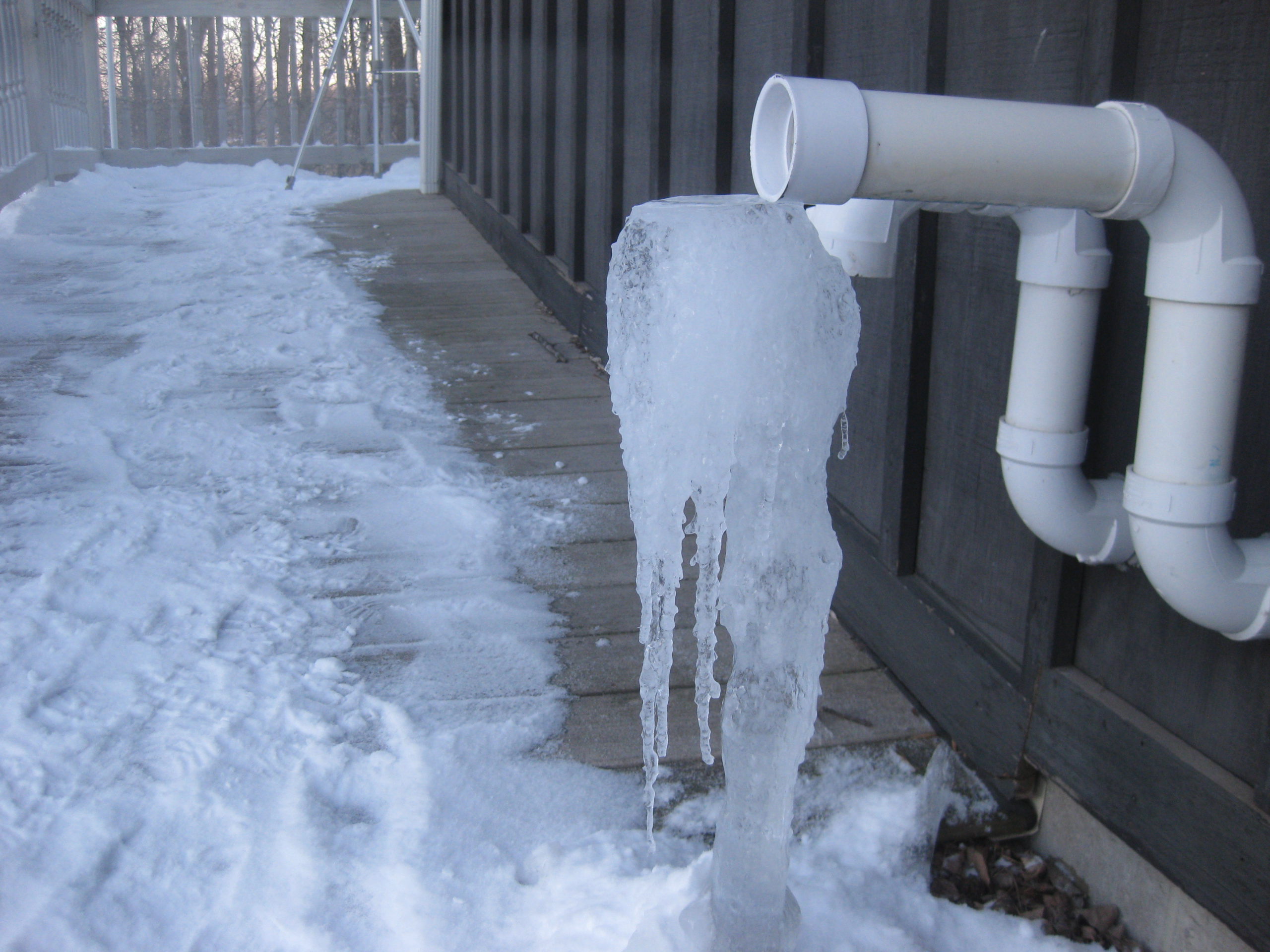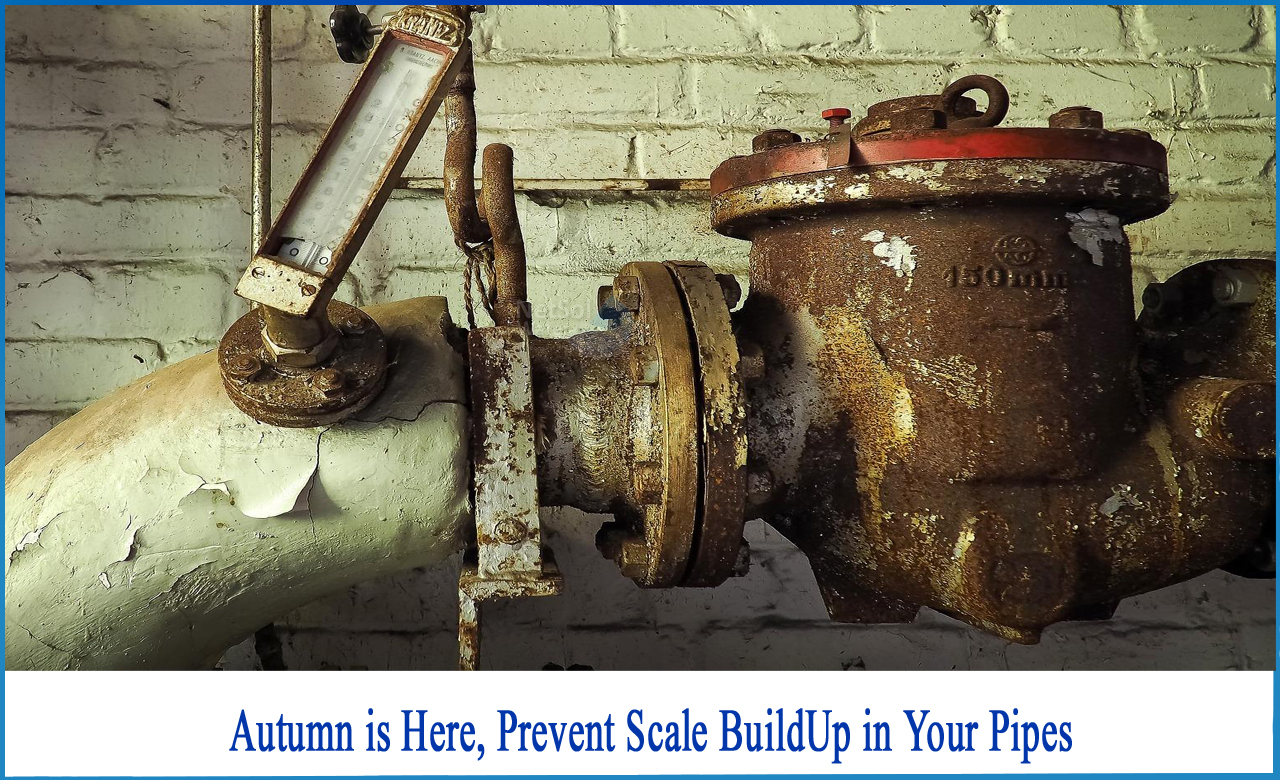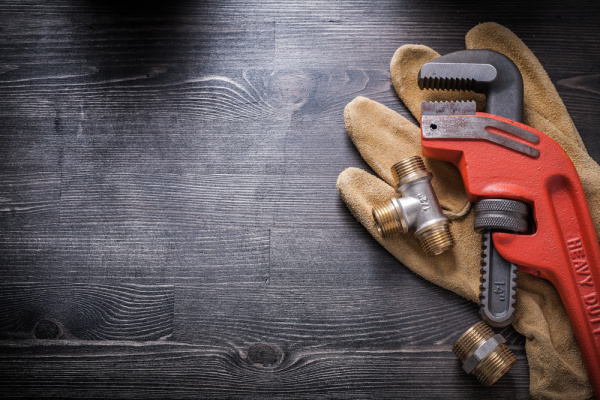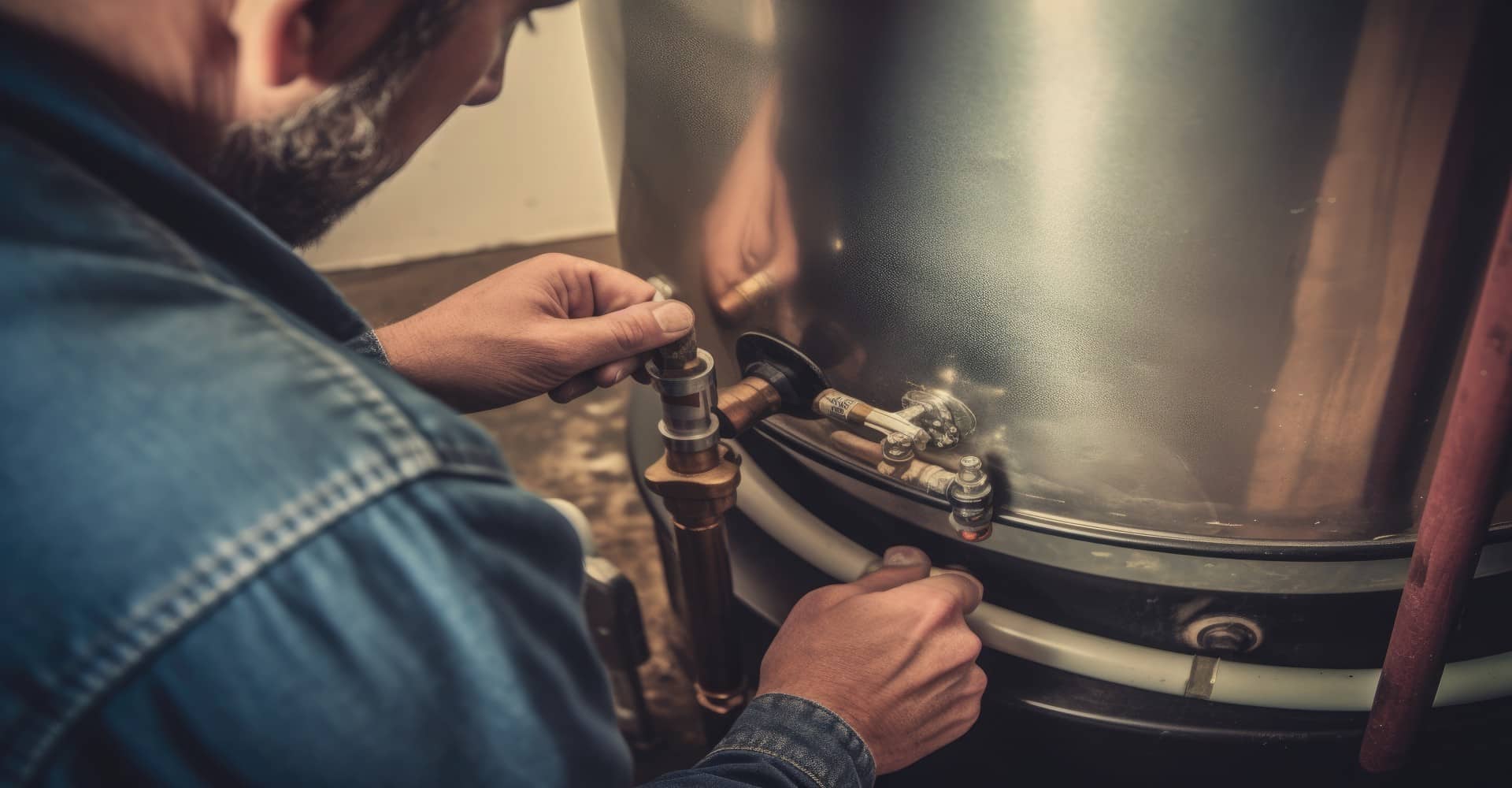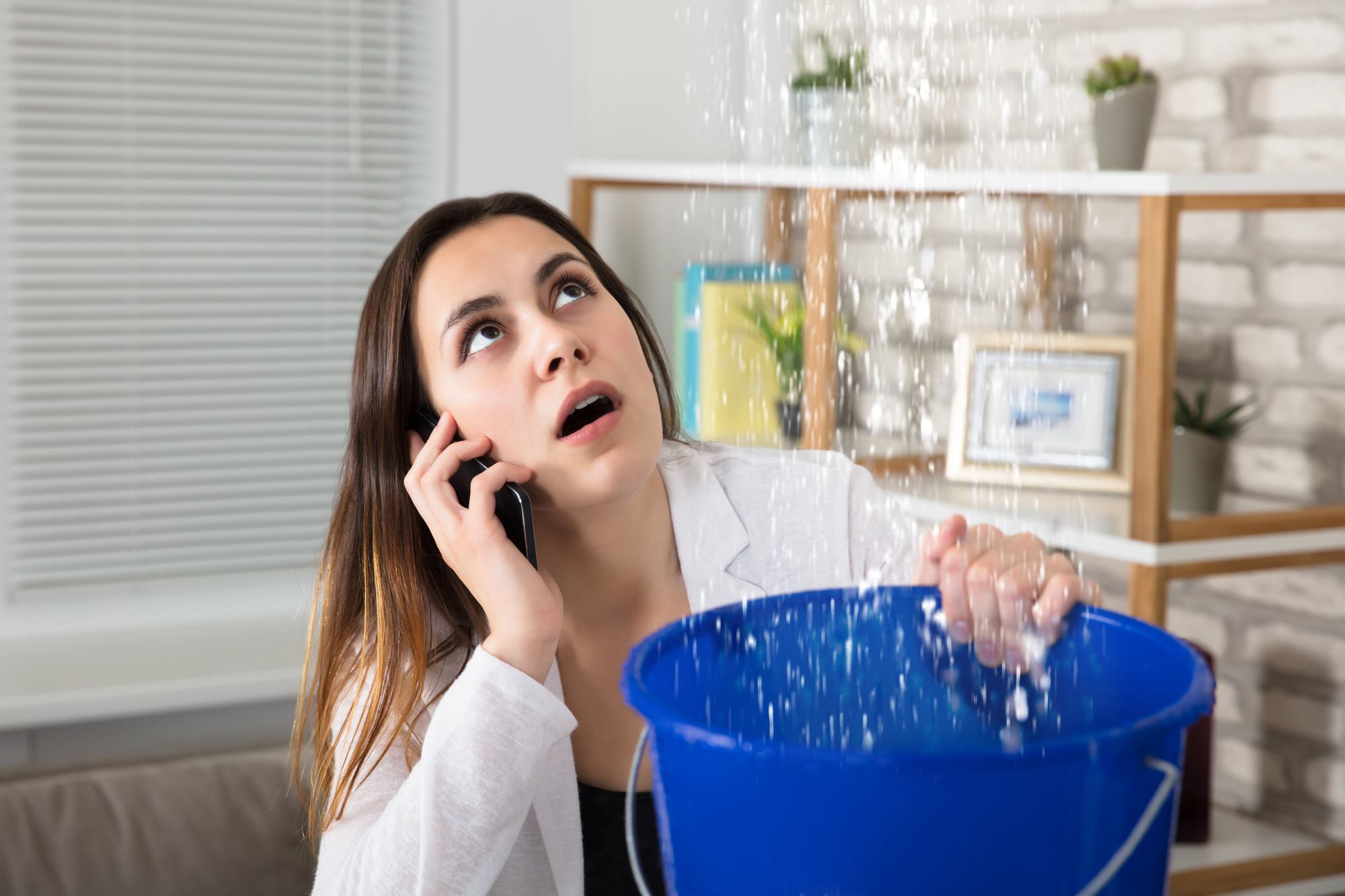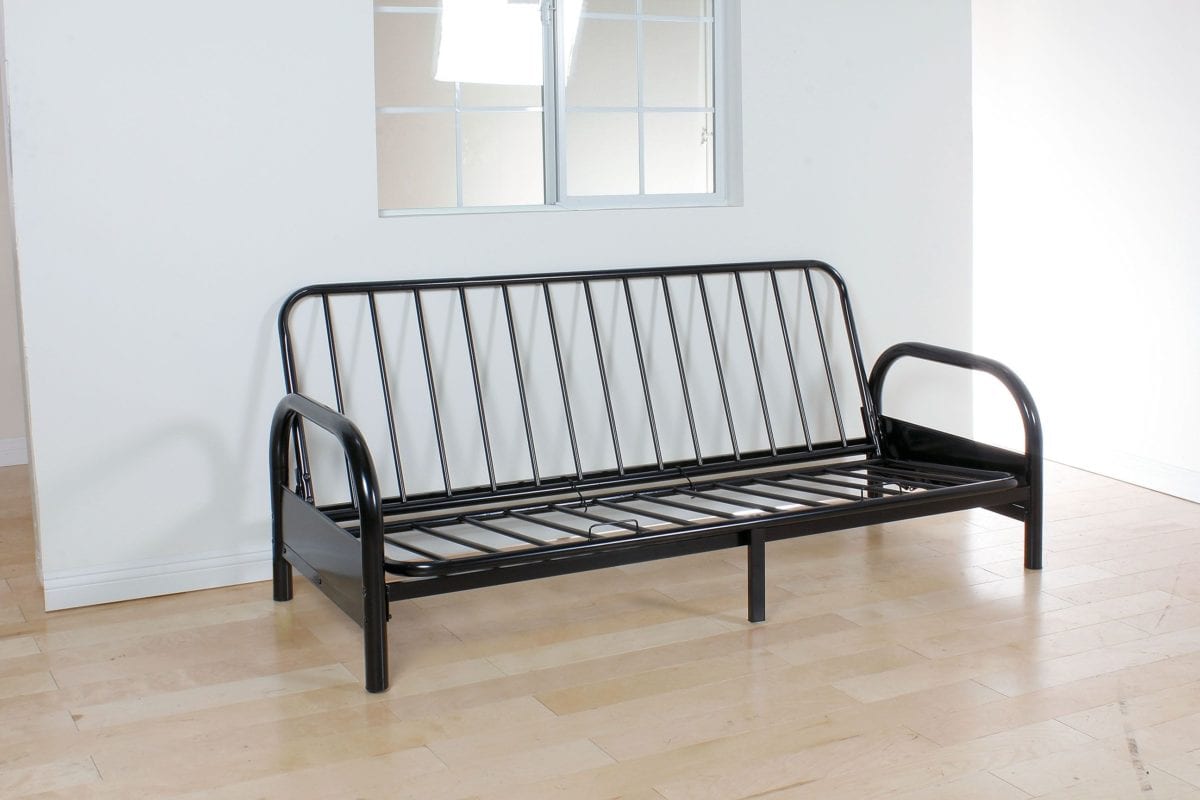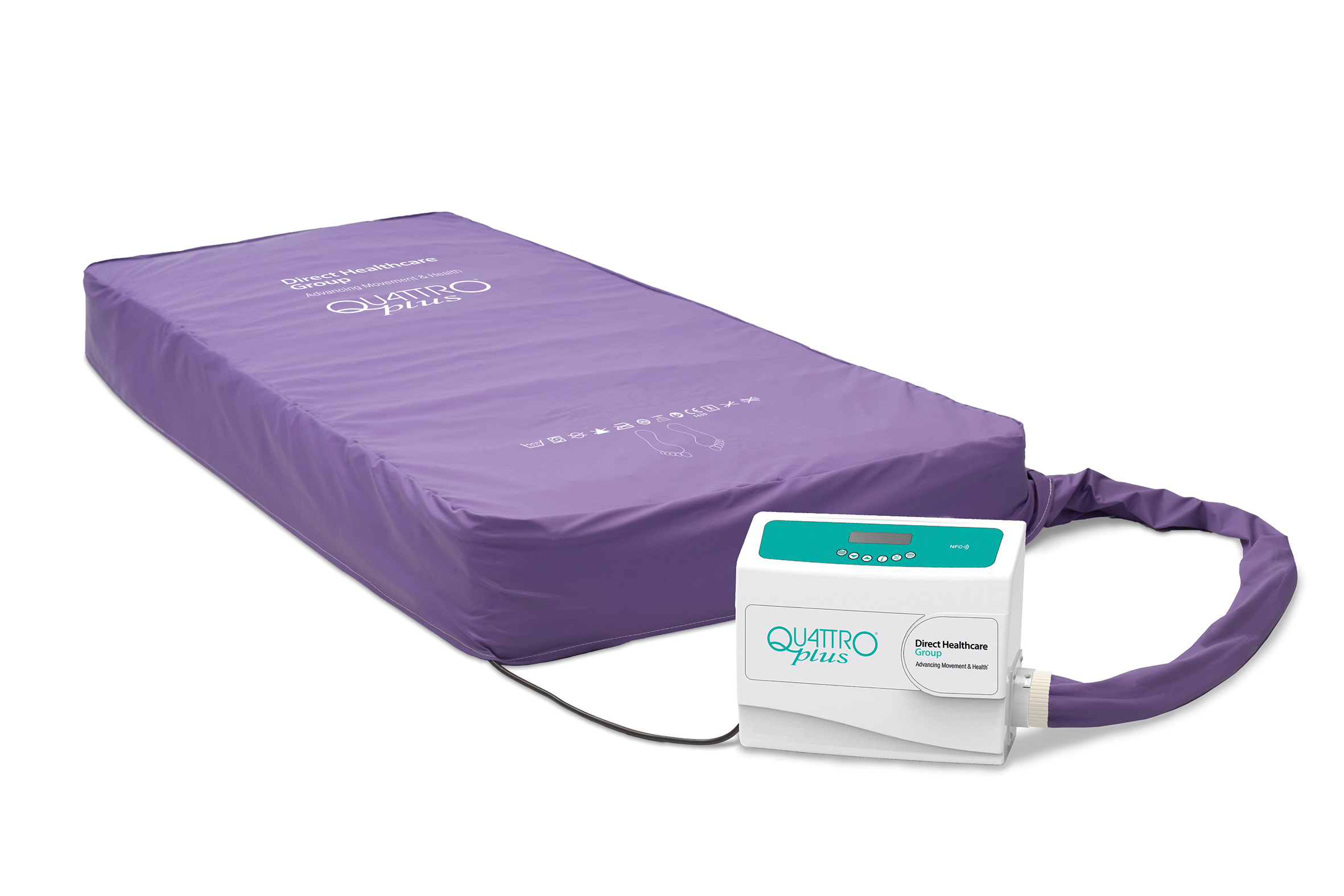If you're experiencing low cold water pressure in your kitchen sink, one of the first things you should check is the aerator. This small mesh screen is located at the end of your faucet and helps to regulate the flow of water. Over time, it can become clogged with mineral deposits, debris, and other sediment, causing a decrease in water pressure. To check the aerator, simply unscrew it from the end of your faucet and clean it thoroughly with a mixture of vinegar and baking soda. This should help to improve the water pressure in your kitchen sink.Check the aerator
Another common culprit for low cold water pressure in the kitchen sink is the shut-off valves. These valves are typically located under the sink and control the flow of water to your faucet. If they are not fully open, it can result in reduced water pressure. Make sure to check that the shut-off valves are fully open and not partially closed. If they are, simply turn them all the way open to see if it improves the water pressure.Check the shut-off valves
The water supply line is responsible for bringing water from the main water source to your kitchen sink. If there is any damage or obstruction in the supply line, it can cause a decrease in water pressure. To check this, you can visually inspect the supply line for any signs of damage or blockages. If you notice any issues, it may be best to call a professional plumber to replace the supply line.Check the water supply line
One of the most common reasons for low cold water pressure in the kitchen sink is clogged pipes. Over time, debris, grease, and other materials can build up in your pipes, causing a decrease in water flow. To check for clogs, turn off the water supply and use a plumbing snake or a plunger to clear out any blockages. You can also use a mixture of boiling water and dish soap to help break down any buildup in the pipes.Check for clogs in the pipes
The water pressure regulator is a device that helps to control and maintain the water pressure in your home. If it is not functioning properly, it can result in inconsistent water pressure, including low cold water pressure in the kitchen sink. To check the regulator, you may need to call a professional plumber. They can test the pressure and make any necessary adjustments or replacements.Check the water pressure regulator
Leaks in your plumbing can also contribute to low cold water pressure in the kitchen sink. If there are any leaks in the pipes leading to your sink, it can cause a decrease in water flow. To check for leaks, turn off the water supply and inspect the pipes for any signs of water or moisture. If you notice any leaks, it's important to fix them as soon as possible to prevent further damage and improve water pressure.Check for leaks in the pipes
If you have a tankless water heater, it could be the cause of your low cold water pressure in the kitchen sink. These types of water heaters rely on a specific flow rate to activate the heating element. If the flow rate is too low, it may not trigger the heater, resulting in lower water pressure. Make sure to check the manufacturer's recommendations for the minimum flow rate and consider upgrading to a larger unit if needed.Check the water heater
In some cases, the issue may not be with your plumbing or fixtures, but with the main water supply to your home. If there is a problem with the water main, it can result in reduced water pressure throughout the entire house. To check this, you can contact your water provider and ask if there are any known issues in your area. They may also be able to send a technician to inspect the main water line for any problems.Check the water main
Over time, sediment and mineral deposits can build up in your pipes, causing a decrease in water pressure. This is especially common in homes with hard water. To check for sediment buildup, you can visually inspect the pipes and use a mixture of lemon juice and salt to help dissolve any deposits. You can also consider installing a water softener to prevent future buildup.Check for sediment buildup in the pipes
If you've tried all of the above steps and are still experiencing low cold water pressure in your kitchen sink, it may be time to call a professional plumber. They have the knowledge and tools to diagnose and fix any plumbing issues that may be causing the problem. It's important to address low water pressure as soon as possible to prevent any further damage to your plumbing system and ensure a steady supply of water in your home.Call a plumber for professional assistance
The Impact of Low Cold Water Pressure in the Kitchen Sink on House Design

The Importance of Proper Water Pressure
 Water pressure is a crucial aspect of any household, as it affects the functionality and efficiency of various appliances and fixtures. When it comes to the kitchen sink, having adequate water pressure is essential for everyday tasks such as washing dishes, filling pots, and rinsing produce. However, when the cold water pressure in your kitchen sink is low, it can significantly impact your daily routine and even the overall design of your house.
Water pressure is a crucial aspect of any household, as it affects the functionality and efficiency of various appliances and fixtures. When it comes to the kitchen sink, having adequate water pressure is essential for everyday tasks such as washing dishes, filling pots, and rinsing produce. However, when the cold water pressure in your kitchen sink is low, it can significantly impact your daily routine and even the overall design of your house.
The Causes of Low Cold Water Pressure
 There are several reasons why you may be experiencing low cold water pressure in your kitchen sink. One common cause is a clogged or faulty aerator, which is the small mesh screen at the end of your faucet. Over time, mineral deposits and debris can build up in the aerator, restricting water flow. Another potential cause is a malfunctioning pressure regulator, which controls the overall water pressure in your home. If this regulator is not functioning correctly, it can result in low water pressure in all areas of your house, including the kitchen sink.
There are several reasons why you may be experiencing low cold water pressure in your kitchen sink. One common cause is a clogged or faulty aerator, which is the small mesh screen at the end of your faucet. Over time, mineral deposits and debris can build up in the aerator, restricting water flow. Another potential cause is a malfunctioning pressure regulator, which controls the overall water pressure in your home. If this regulator is not functioning correctly, it can result in low water pressure in all areas of your house, including the kitchen sink.
The Impact on House Design
 The design of your house can also play a significant role in the water pressure of your kitchen sink. For example, if your house has an older plumbing system, it may not be able to handle the demands of modern appliances and fixtures. Additionally, the layout of your house, such as the distance between your kitchen and the main water supply, can also affect water pressure. If the kitchen is far from the main supply, it may take longer for the water to reach the faucet, resulting in reduced pressure.
The design of your house can also play a significant role in the water pressure of your kitchen sink. For example, if your house has an older plumbing system, it may not be able to handle the demands of modern appliances and fixtures. Additionally, the layout of your house, such as the distance between your kitchen and the main water supply, can also affect water pressure. If the kitchen is far from the main supply, it may take longer for the water to reach the faucet, resulting in reduced pressure.
Solutions to Low Cold Water Pressure in the Kitchen Sink
 Fortunately, there are several solutions to address low cold water pressure in your kitchen sink. If the issue is due to a clogged aerator, simply cleaning or replacing it can improve water flow. If the pressure regulator is the culprit, a professional plumber can adjust or replace it to restore proper water pressure. In some cases, upgrading your plumbing system or reconfiguring the layout of your house may also be necessary to resolve the issue.
In conclusion, low cold water pressure in the kitchen sink can have a significant impact on the design and functionality of your house. It is crucial to address this issue promptly, as it can affect your daily routine and potentially lead to more significant plumbing problems. By understanding the causes and implementing appropriate solutions, you can ensure adequate water pressure in your kitchen sink and maintain the overall design and efficiency of your house.
Fortunately, there are several solutions to address low cold water pressure in your kitchen sink. If the issue is due to a clogged aerator, simply cleaning or replacing it can improve water flow. If the pressure regulator is the culprit, a professional plumber can adjust or replace it to restore proper water pressure. In some cases, upgrading your plumbing system or reconfiguring the layout of your house may also be necessary to resolve the issue.
In conclusion, low cold water pressure in the kitchen sink can have a significant impact on the design and functionality of your house. It is crucial to address this issue promptly, as it can affect your daily routine and potentially lead to more significant plumbing problems. By understanding the causes and implementing appropriate solutions, you can ensure adequate water pressure in your kitchen sink and maintain the overall design and efficiency of your house.


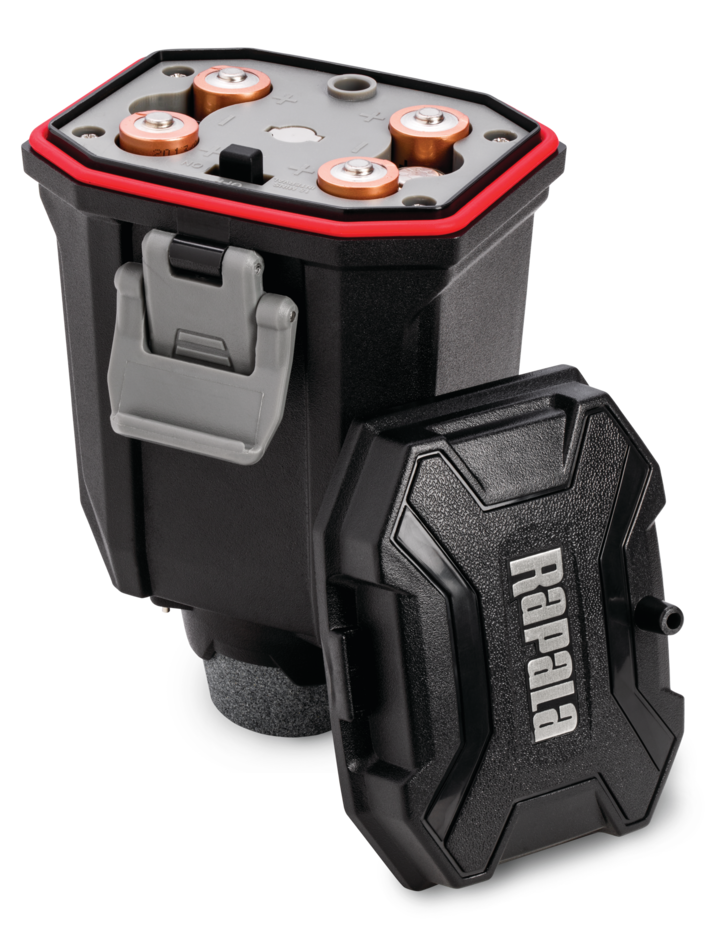








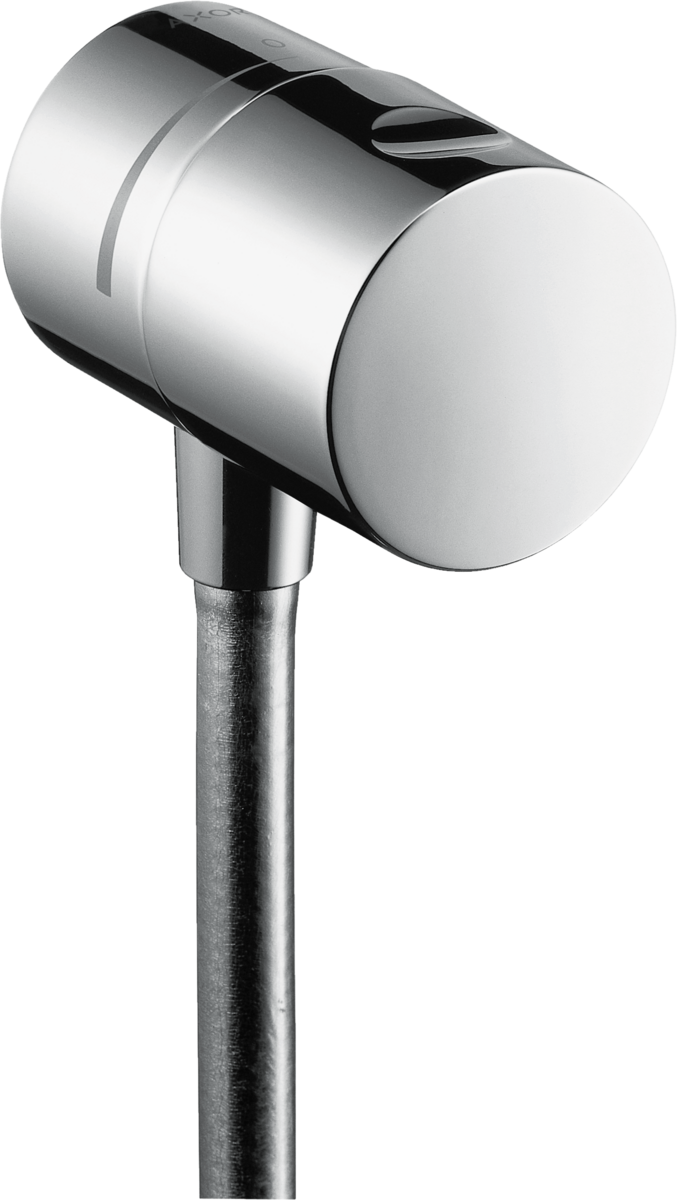

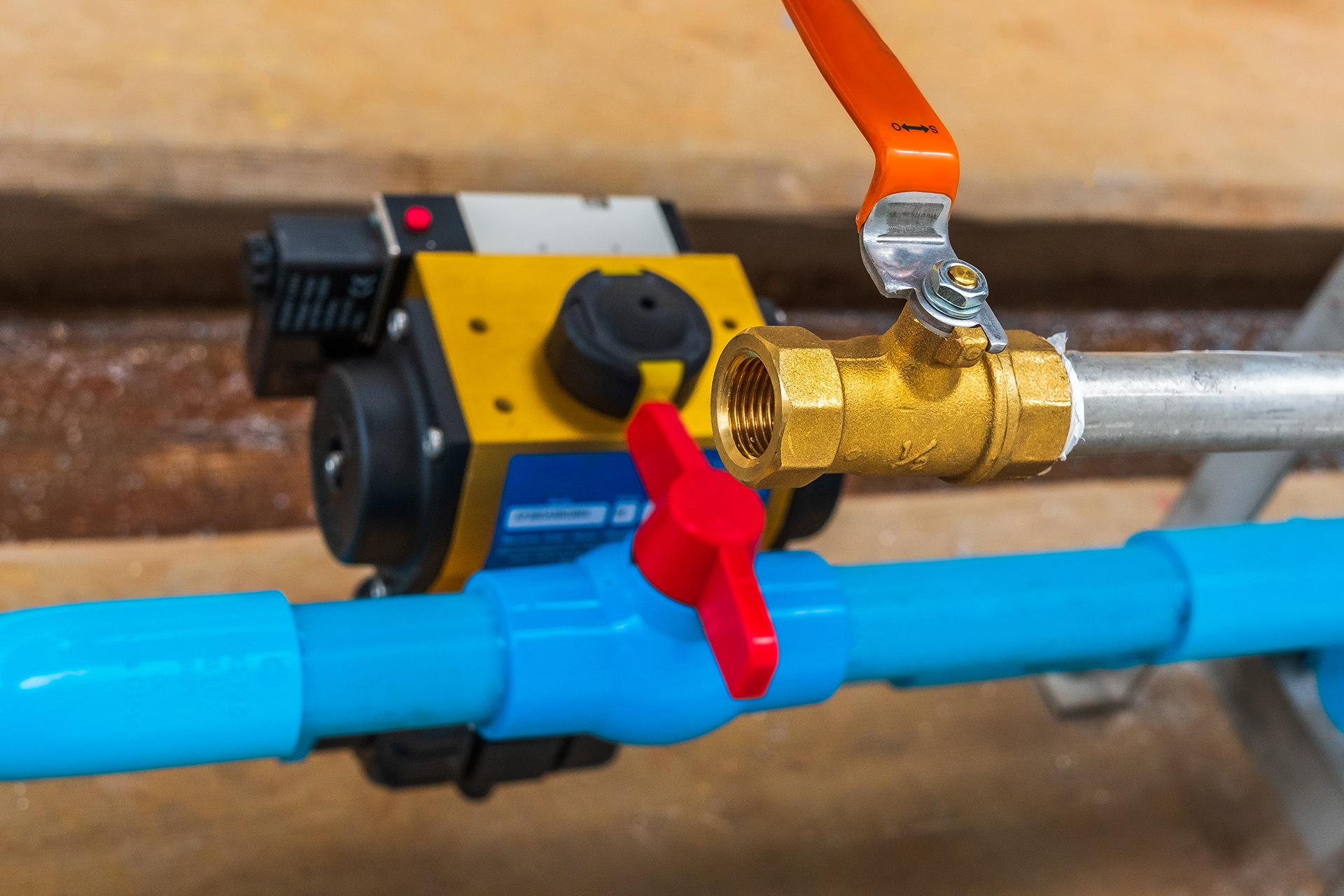
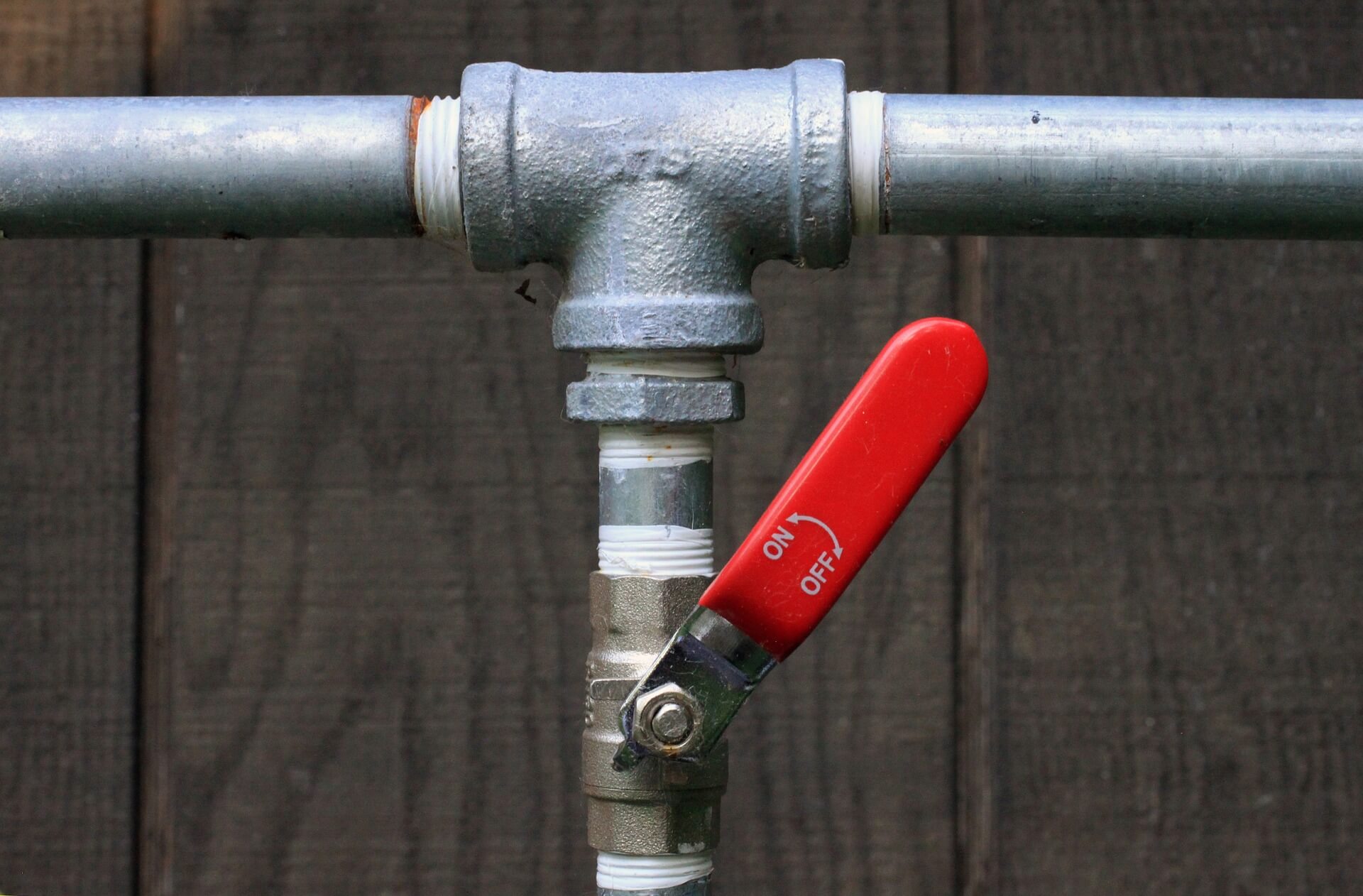

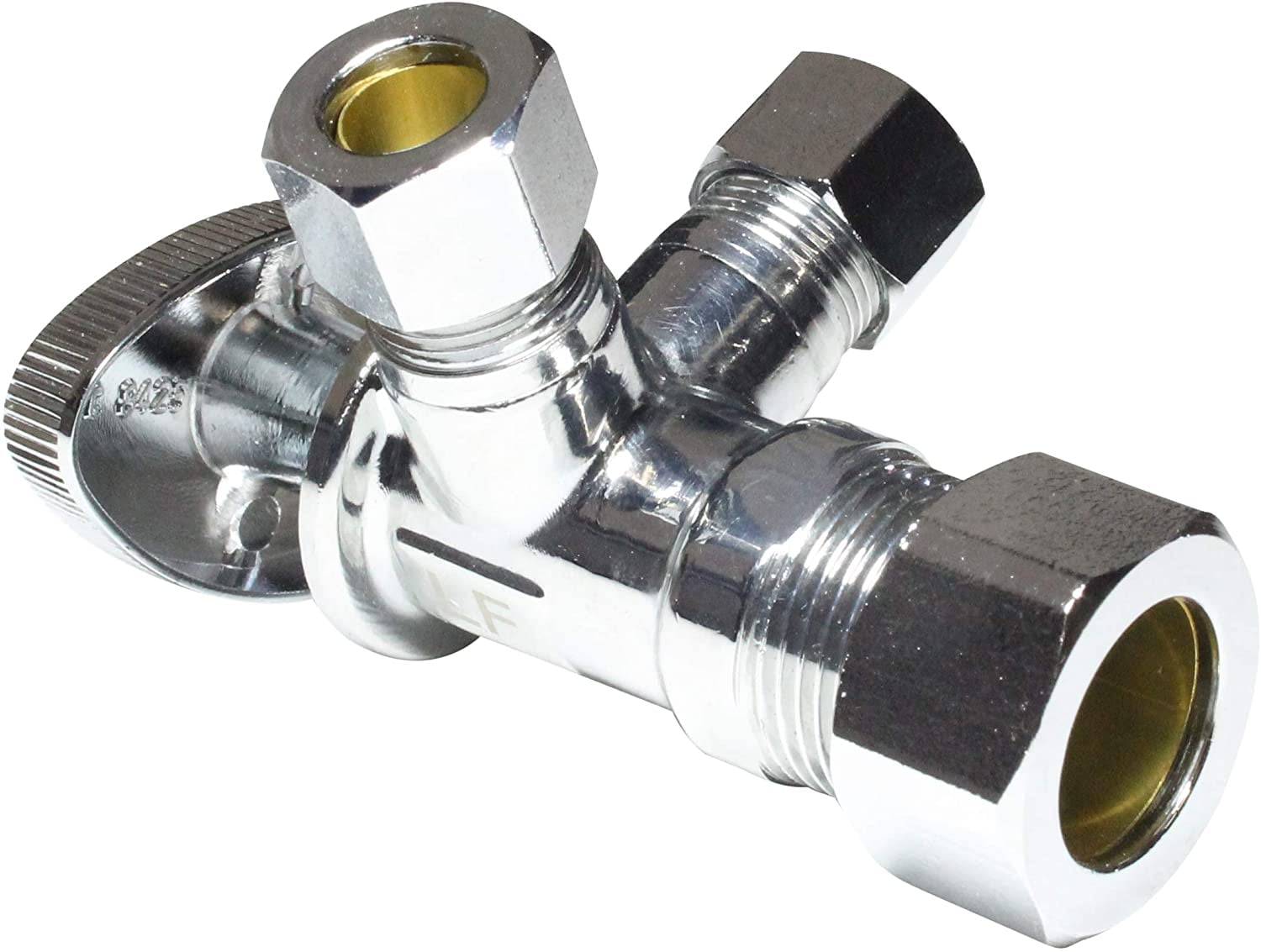









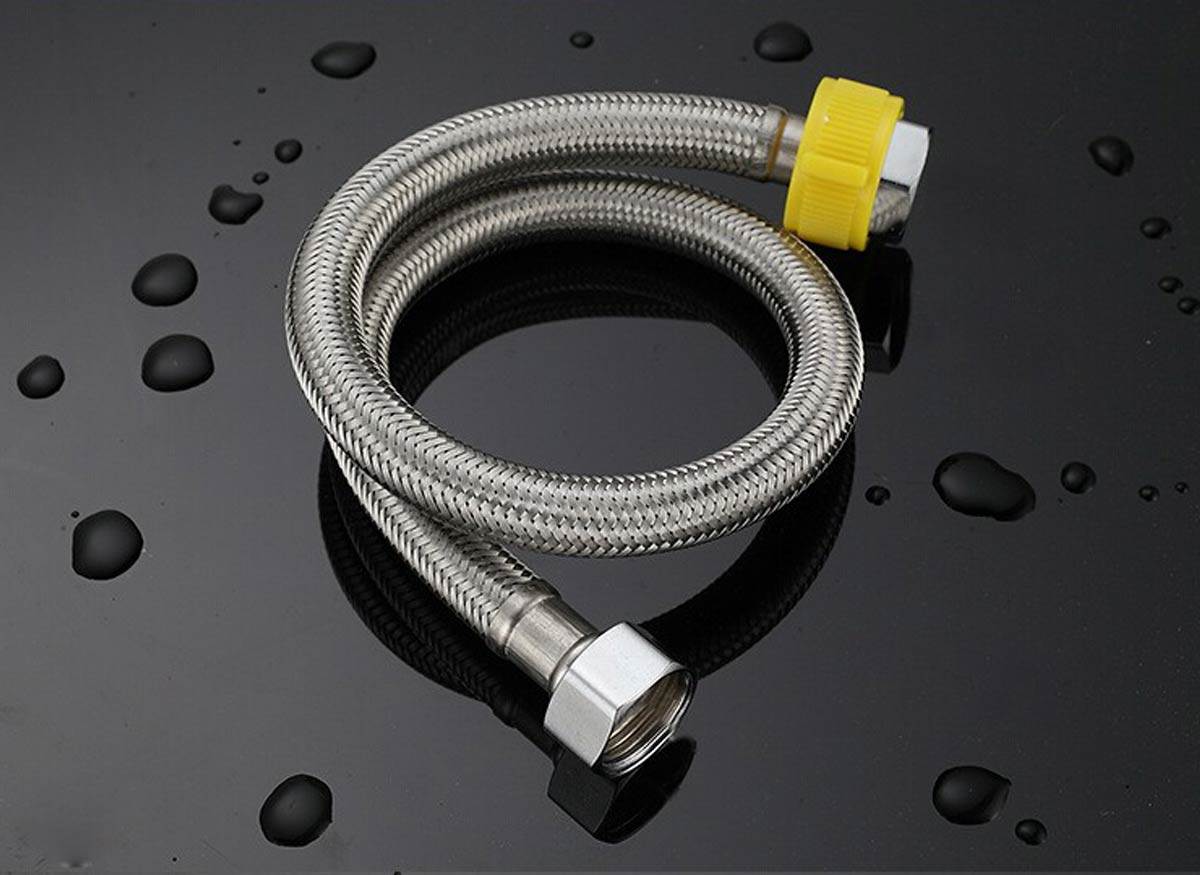




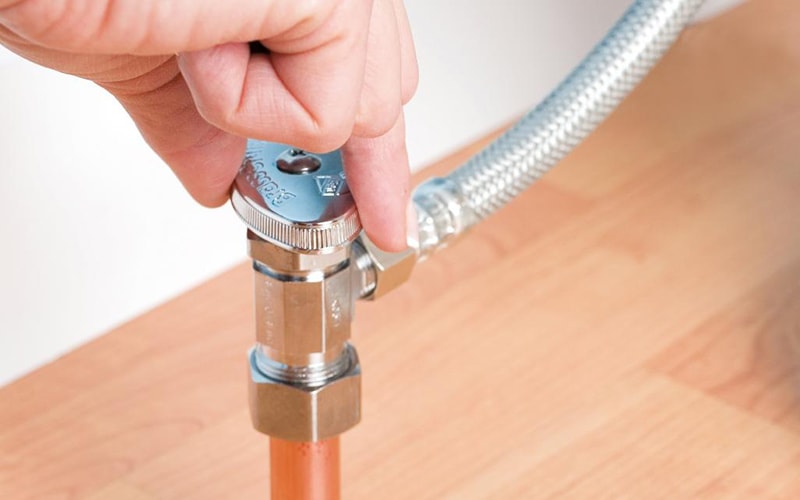










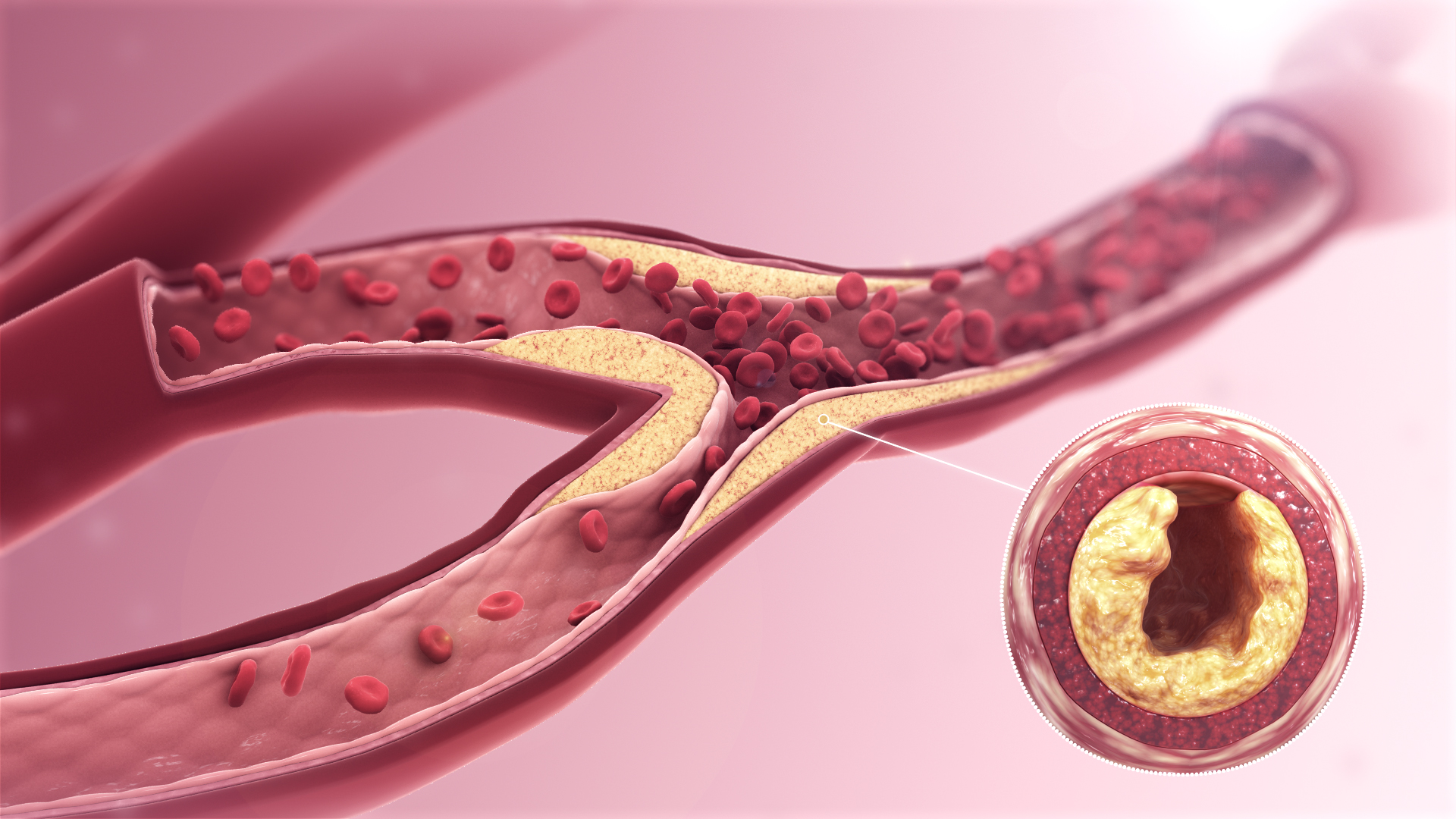



:max_bytes(150000):strip_icc()/the-men-s-hand-opens-the-ball-valve-on-the-collector-1006810456-5c5fc73fc9e77c000159c4af.jpg)







:max_bytes(150000):strip_icc()/testing-water-pressure-in-your-home-2718692-04-c37ab3236d0d4b61b87079ebf9ef823e.jpg)



